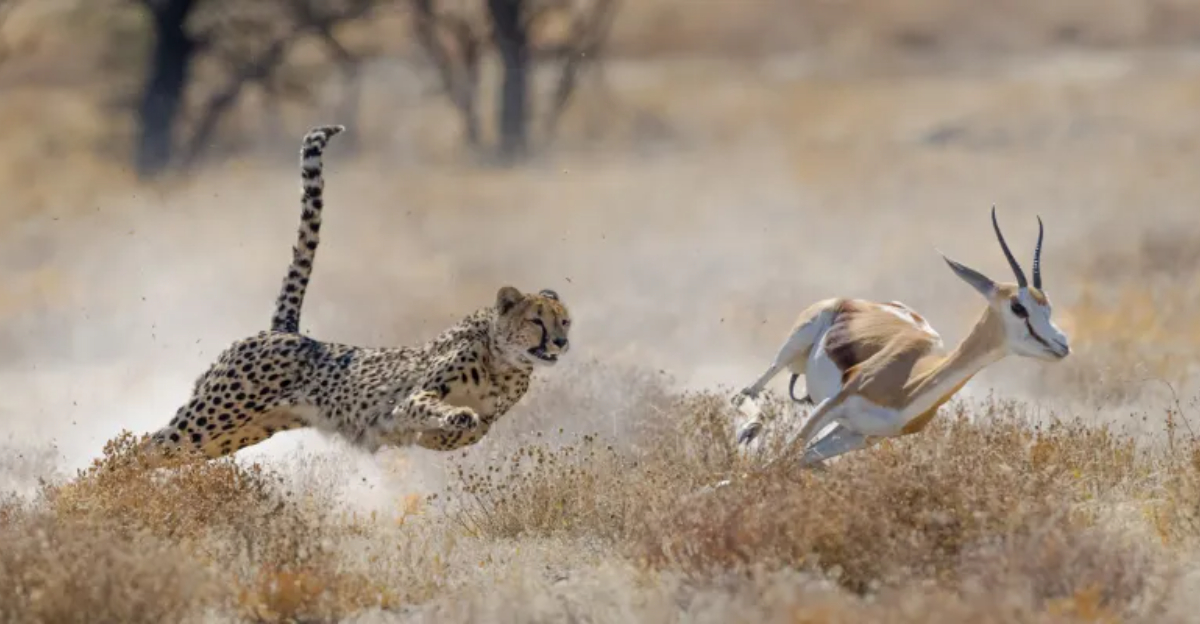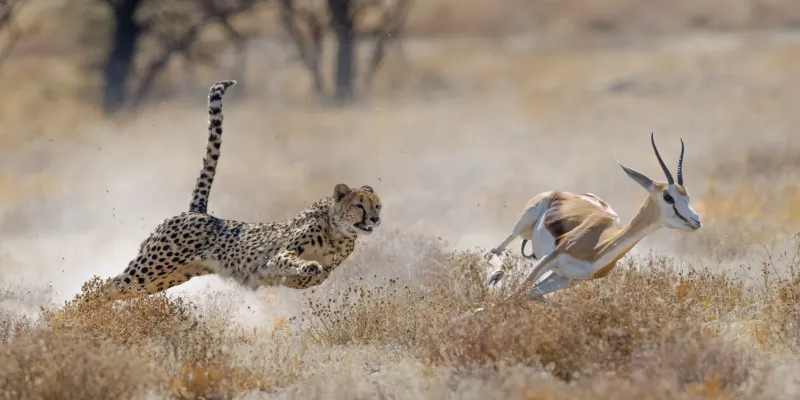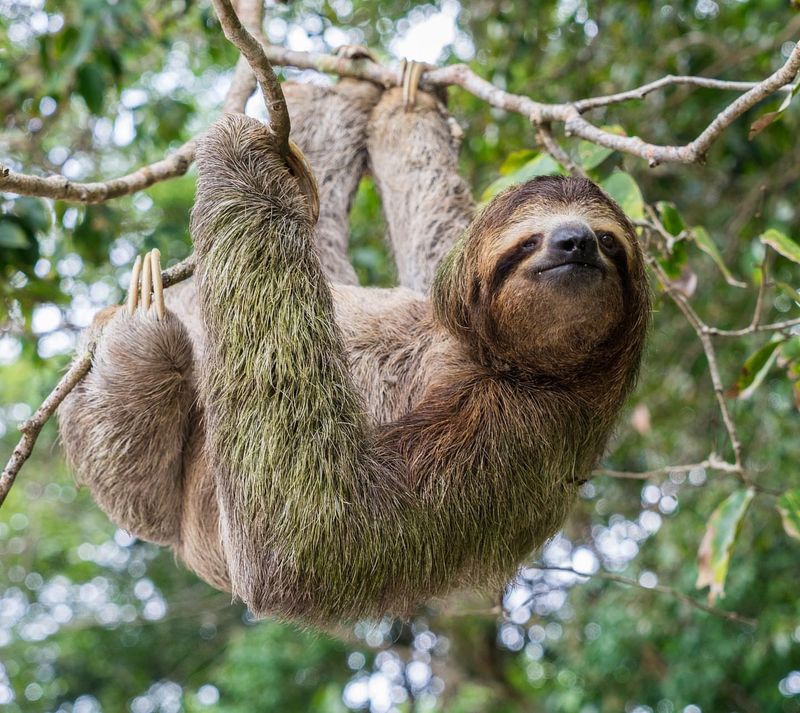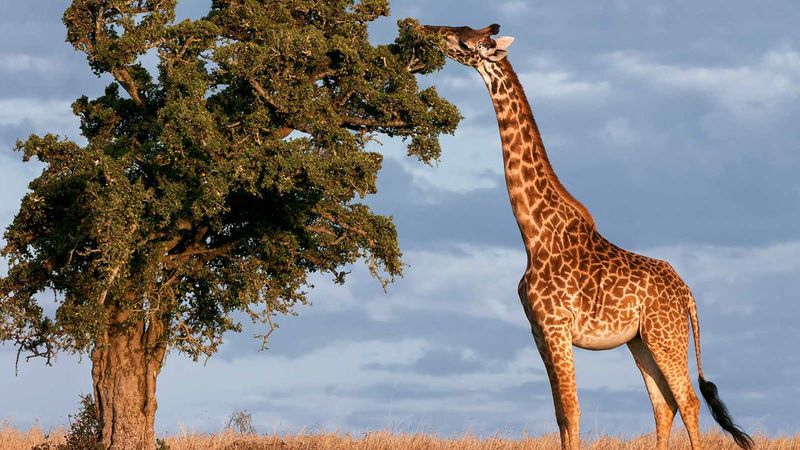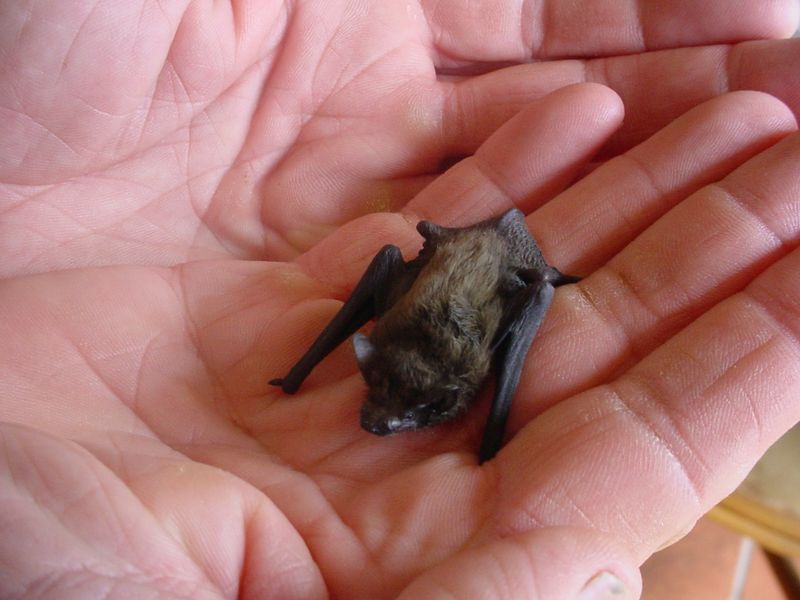Animals come in all shapes, sizes, and speeds that can amaze us. From creatures that zip by in a blur to giants that tower over us, nature has created some truly incredible record-breakers. These extreme animals show just how diverse life on Earth can be, each one perfectly adapted to its own special way of living.
Lightning-Fast Cheetahs: Speed Champions of the Savanna
Zero to sixty in just three seconds! Cheetahs aren’t just fast—they’re the ultimate land speed machines, reaching an astonishing 70 mph during their explosive hunting sprints. Their specialized bodies include enlarged hearts, lungs, and nostrils that work together like a race car’s engine.
Every part of a cheetah’s body helps it run. Their flexible spines act like springs, while their semi-retractable claws work like cleats on athletic shoes. Special tear marks on their faces even reduce sun glare during high-speed chases!
Unfortunately, these amazing creatures face serious threats. Only about 7,000 cheetahs remain in the wild today. Their population has dropped by half since 1975, making conservation efforts crucial for ensuring these speed demons continue to race across African plains for generations to come.
Three-Toed Sloths: Masters of Taking It Slow
Hanging upside-down from tropical tree branches, three-toed sloths have perfected the art of slowness. Moving at a maximum speed of just 0.03 mph, these peaceful creatures might travel only 41 yards in an entire day—a distance many animals cover in seconds!
Their extremely slow metabolism is actually a clever survival strategy. By moving so little and digesting food over the course of a month, sloths conserve precious energy. This slow-motion lifestyle also helps them avoid detection by predators who hunt by spotting movement.
Green algae often grows in their fur, creating a living camouflage that blends perfectly with their rainforest home. Rather than being lazy, sloths represent an incredible evolutionary success story—they’ve survived for over 60 million years by mastering the art of energy conservation in competitive jungle environments.
Towering Giraffes: Sky-High Browsers
Standing up to 18 feet tall, giraffes literally look down on all other land animals! Their incredible height comes mainly from their super-stretched necks and legs, allowing them to reach tasty leaves other animals can’t touch. A male giraffe’s neck alone can weigh 600 pounds—as much as a whole adult moose!
Blood pressure in giraffes must be extremely high to pump blood all the way up to their brains. Special elastic blood vessels and one-way valves prevent blood from rushing back down when they bend to drink water. Their tongues are equally impressive—nearly 21 inches long and typically bluish-purple to resist sunburn.
Baby giraffes start life with a dramatic six-foot drop to the ground when born. Within an hour, these newborns are standing, and they grow about an inch every day during their first week of life!
Tiny Bumblebee Bats: Featherweight Champions
No bigger than your thumb, bumblebee bats hold the impressive title of world’s smallest mammal by body length. Weighing just 2 grams—about the same as a penny—these miniature marvels measure between 1.1 and 1.3 inches from nose to tail. Found only in a few limestone caves along the Thailand-Myanmar border, these rare creatures are living proof that powerful things come in small packages.
Despite their tiny size, these bats pack impressive equipment. Their specialized echolocation system lets them navigate pitch-black caves and locate insect prey with pinpoint accuracy. Their wings span about 6 inches, remarkably large compared to their tiny bodies.
Scientists discovered these miniature mammals only in 1974, and they’re already endangered. With fewer than 2,000 remaining in the wild, conservation efforts are crucial to protect these fascinating microbats from habitat loss and human disturbance.
